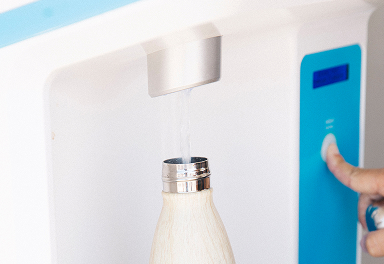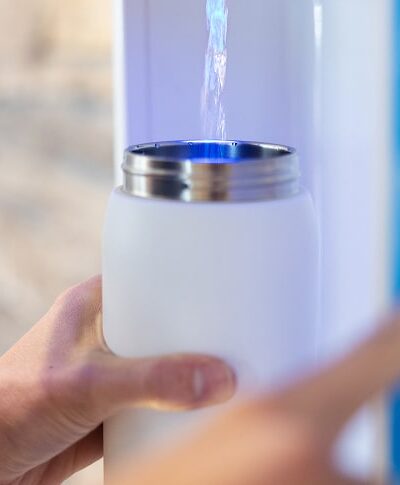Microplastics—tiny plastic particles less than 5 millimeters in size—have become a ubiquitous environmental contaminant, infiltrating our air, water, and food sources. Recent studies have raised alarms about their potential health impacts, particularly concerning their accumulation in human organs and the subsequent health risks.
Microplastics and Human Health: Emerging Concerns
A recent study published in Communications Biology investigated the effects of microplastics combined with the environmental pollutant Benzo[a]pyrene (BaP) on kidney health. The research revealed that this combination disrupts lipid metabolism in the kidneys, leading to ferroptosis—a form of cell death associated with kidney dysfunction.
Another alarming discovery involves the presence of microplastics in human brain tissues. Research indicates that these particles can cross the blood-brain barrier, with concentrations in the brain increasing by 50% over eight years. Notably, individuals with dementia exhibited up to ten times higher levels of microplastics in their brains compared to those without the condition.
Beyond the kidneys and brain, microplastics have been detected in various human tissues, including the liver, lungs, and placenta. Their pervasive presence has been linked to inflammation, oxidative stress, and potential disruptions to the endocrine system. While direct causal relationships between microplastic exposure and specific diseases are still under investigation, the correlations are concerning.
Reducing Microplastic Intake: Practical Steps
Given the potential health risks associated with microplastics, it’s prudent to adopt measures to minimize exposure:
- Opt for Filtered or Purified Water: Bottled water has been identified as a significant source of microplastic consumption. Switching to purified water can substantially reduce intake, decreasing the estimated annual consumption from 90,000 particles to 4,000. Water Refill Stations that serve purified water are also great options for hydration without plastic.
- Be Cautious with Food Packaging: Avoid heating food in plastic containers, as heat can cause microplastics to leach into food. Use glass or stainless steel alternatives for food storage and heating.
- Limit Consumption of Processed Foods: Processed foods may contain higher levels of microplastics due to packaging and processing methods. Emphasize fresh, whole foods in your diet.
- Use Natural Fiber Clothing: Synthetic fabrics shed microplastics during washing, which can enter water systems and, eventually, the food chain. Choosing natural fibers like cotton or wool can reduce this source of pollution.
- Ventilate Living Spaces: Microplastics are present in household dust. Regular cleaning and proper ventilation can reduce inhalation exposure.
- Support Environmental Initiatives: Advocate for policies aimed at reducing plastic production and improving waste management. Supporting organizations dedicated to combating plastic pollution can lead to broader systemic changes.
While the full extent of microplastics’ impact on human health continues to be studied, taking proactive steps to reduce exposure is a sensible approach. By making informed choices in our daily lives, we can mitigate potential risks and contribute to a healthier environment.
Sources:




